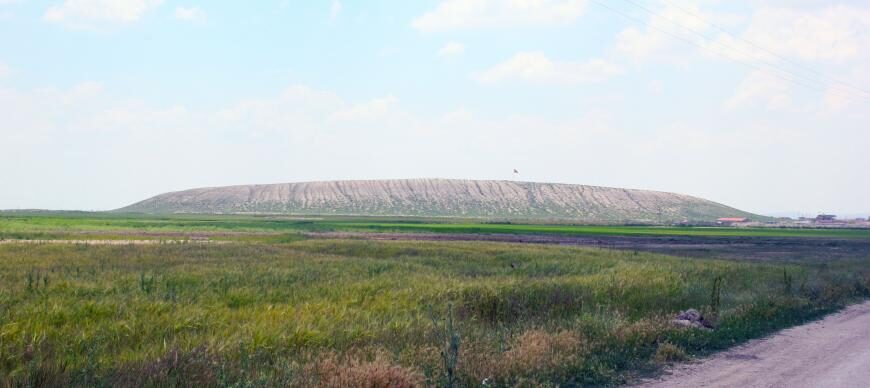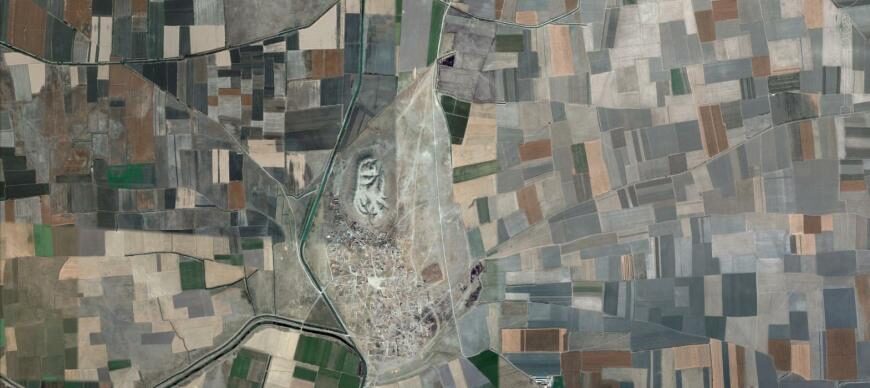It started in 2019, when a local farmer told the group that a nearby canal had a strange stone with some unknown writing on it. At that time, researchers were exploring a giant, ancient mound site in central Turkey called Türkmen-Karahöyük and went to investigate what the farmer had pointed out. They knew the area was riddled with archaeological finds, but they were shocked by what they found.
"We could see it still sticking out of the water, so we jumped right down into the canal - up to our waists wading around," said archaeologist James Osborne from the University of Chicago in early 2020.Osborne wasn't an expert in Luwian, but he was fortunate enough to work just down the hall from two experts who translated it as being written by a king called Hartapu.
"Right away it was clear it was ancient, and we recognised the script it was written in: Luwian, the language used in the Bronze and Iron ages in the area."
The ancient stone block turned out to be a military boast. It noted that the local rulers had defeated the kingdom of Phrygia led by king Midas. Phrygia had been led by several kings named Midas, but dating suggests that it could be the legendary king Midas, who was said to be cursed by the gods to turn everything he touched into gold.
Phrygia was a local powerhouse and defeating it would have been quite the feat, so whoever wrote the plaque must have also represented a strong kingdom — but researchers had no idea about it before.
"We had no idea about this kingdom," Osborne said. "In a flash, we had profound new information on the Iron Age Middle East."This fits in quite well with other recent findings. A few miles to the south, researchers had also found a block writing of King Hartapu, but no one knew who he was or what he ruled — until now.
Researchers have their work cut out for them. Judging by the size of the Türkmen-Karahöyük mound, there's plenty more left to be discovered — and who knows what they'll find?
"Inside this mound are going to be palaces, monuments, houses," Osborne said. "This stele was a marvellous, incredibly lucky find - but it's just the beginning."







Reader Comments